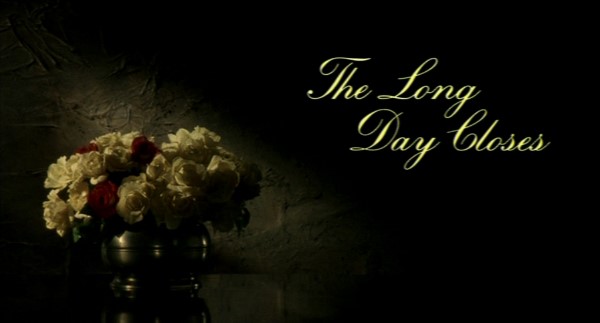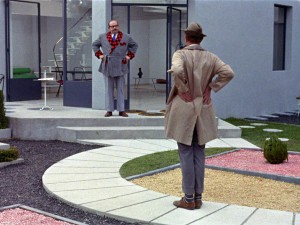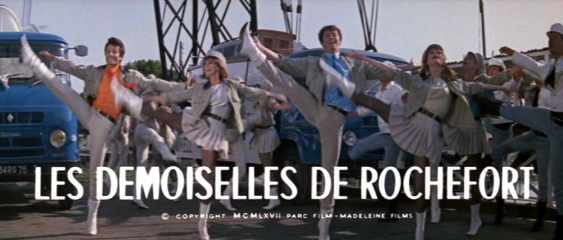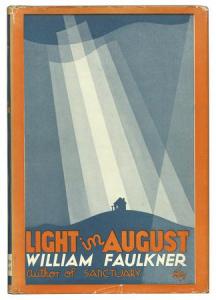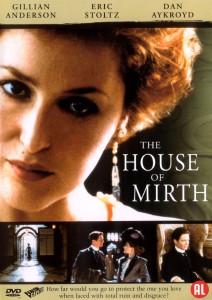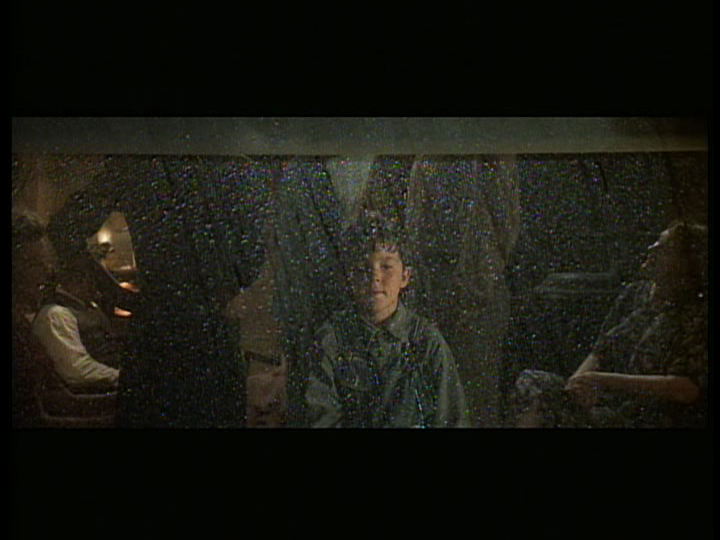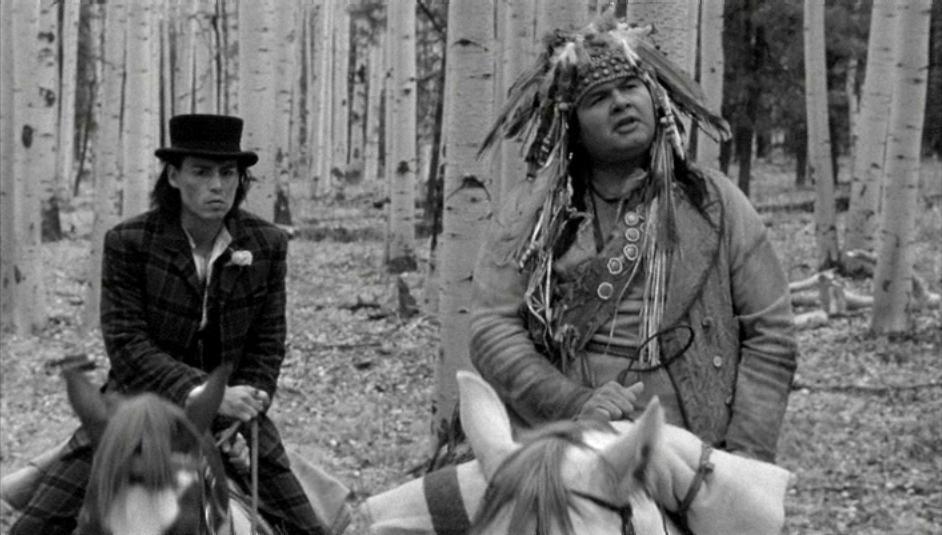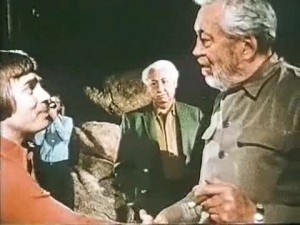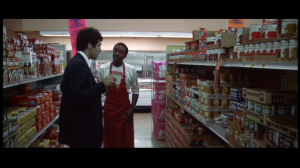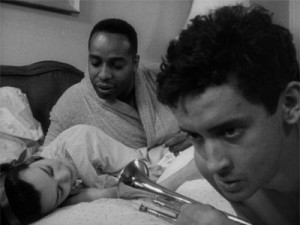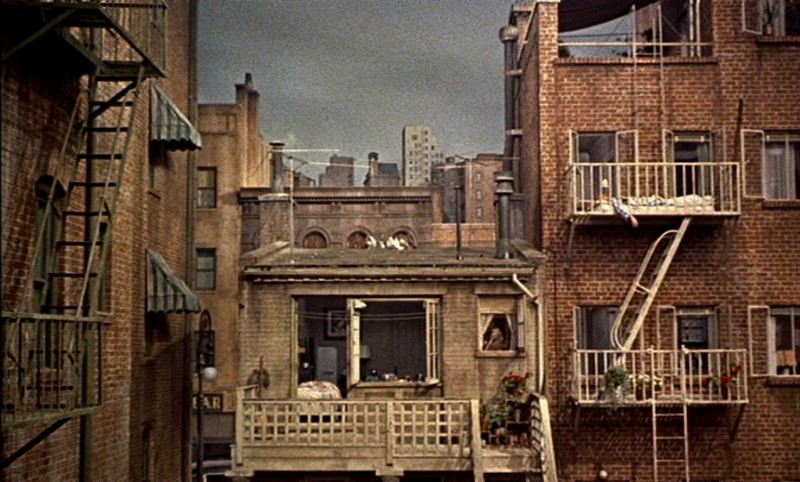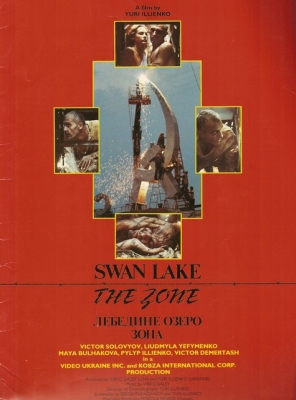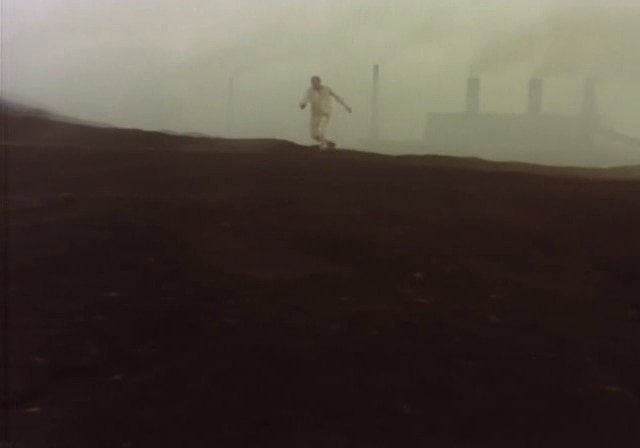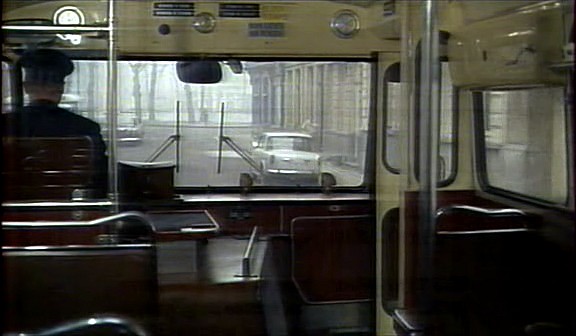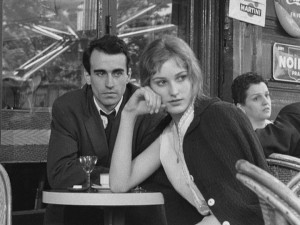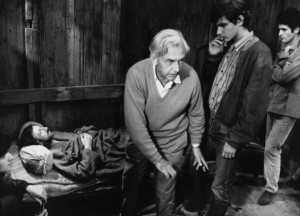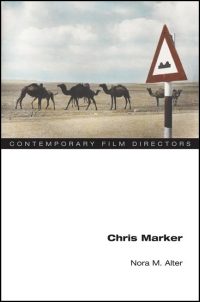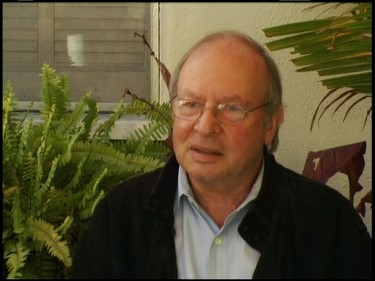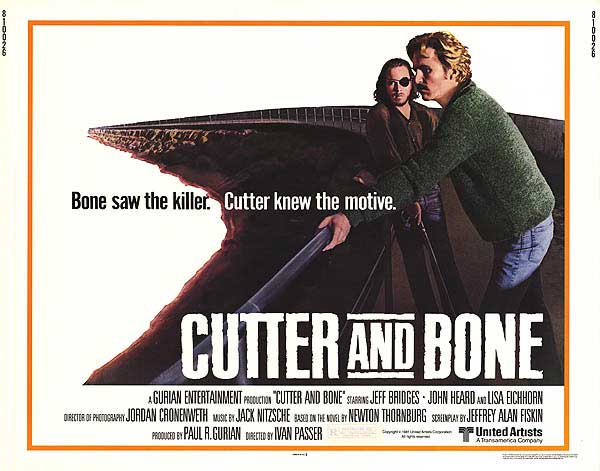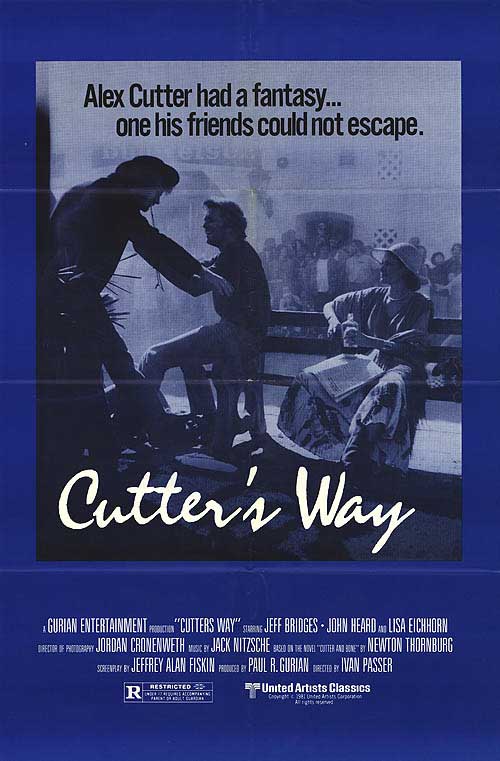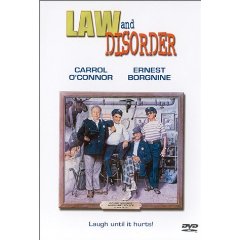This appeared in the Chicago Reader (July 30, 1993). –J.R.
THE LONG DAY CLOSES
**** (Masterpiece)
Directed and written by Terence Davies
With Leigh McCormack, Marjorie Yates, Ayse Owens, Nicholas Lamont, Anthony Watson, Tina Malone, and Jimmy Wilde.
I began making films [out of] a deep need . . . to come to terms with my family’s history and suffering, to make sense of the past and to explore my own personal terrors, both mental and spiritual, and to examine the destructive nature of Catholicism. Film as an expression of guilt, film as confession (psychotherapy would be much cheaper but a lot less fun). — Terence Davies
With The Long Day Closes English filmmaker Terence Davies completes his second autobiographical trilogy. (Faber and Faber has conveniently published the screenplays of the six films — all his films to date — with an introduction by Davies, under the title A Modest Pageant.) I haven’t seen the first trilogy — Children (1976), Madonna and Child (1980), and Death and Transfiguration (1983) — but the first two parts of the second, shot in 1985 and 1987 and distributed as a single feature, Distant Voices, Still Lives (1988), still strikes me as one of the greatest of all English films. Read more

